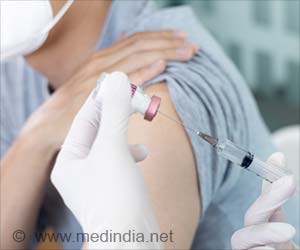As part of the Government's £12 million project Scan4Safety, each code can be tracked and scanned for proper patient care and management.

- Using simple barcodes that major industries rely on every day will help transform standards of patient care.
- Scan4Safety aims to remove human inventory errors, and registers use-by dates on medicines and equipment.
Health Secretary Jeremy Hunt said, “This is a world first in healthcare and a vital part of this government’s drive to make the NHS the safest and most transparent healthcare system in the world.”
The scheme removes human inventory errors, and registers use-by dates on medicines and equipment. This allows for stock to be managed easily, giving patients the most appropriate medicines.
Scan4Safety can also be used to see how effective different equipment is, for example, if one type of hip replacement wears out more easily than another, improving patient outcomes and streamlining the health system.
Tim Wells, a consultant cardiologist at Salisbury NHS Foundation Trust, said, “The recent implementation of the Scan4Safety project in cardiology provides us for the very first time complete traceability of products such as implantable medical devices used with our patients.”
Source-Medindia








